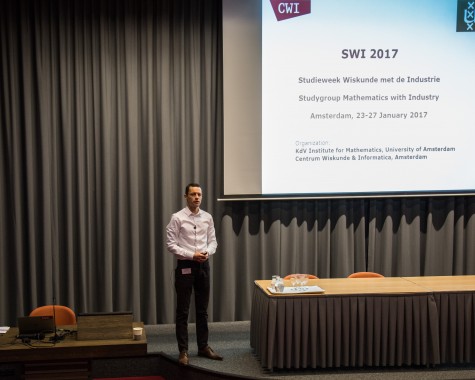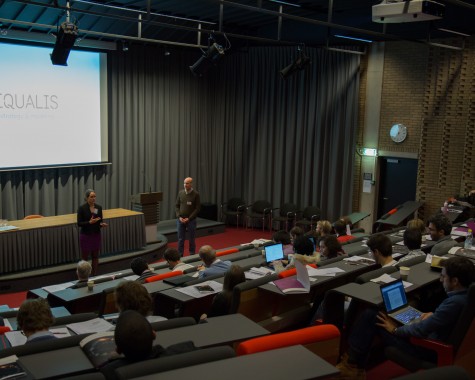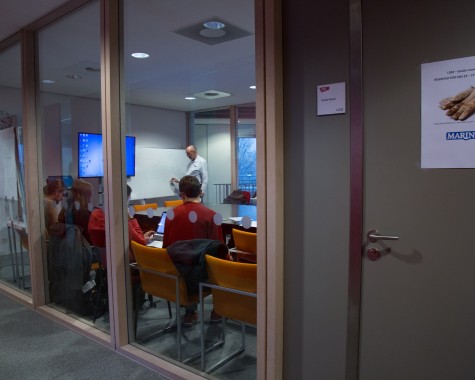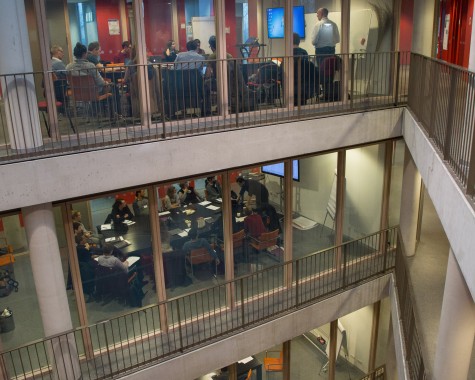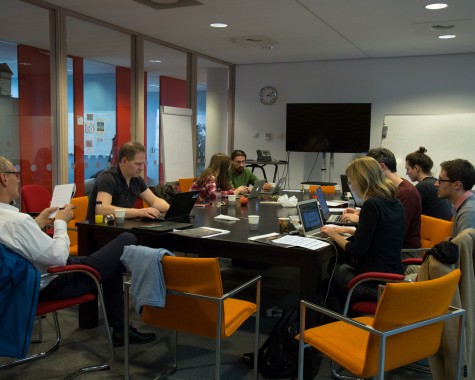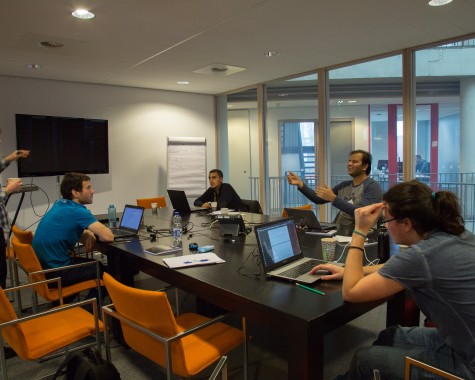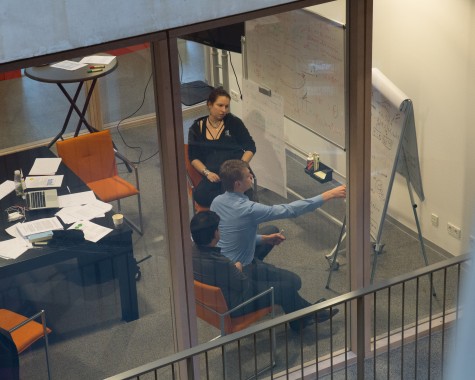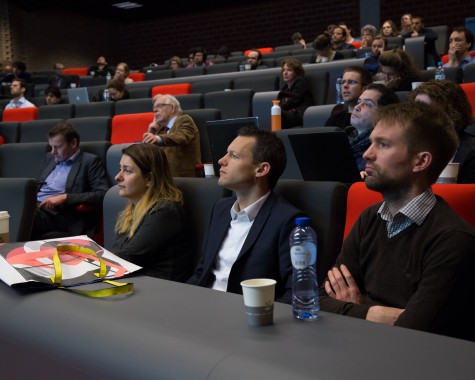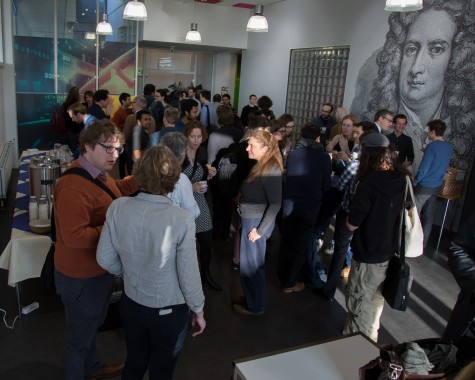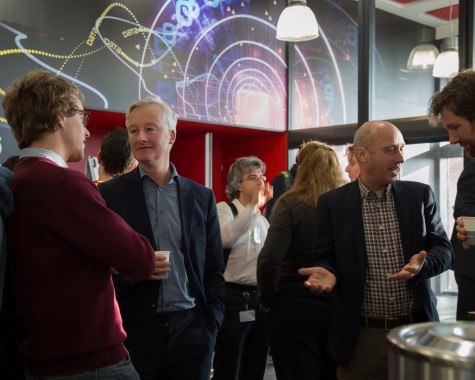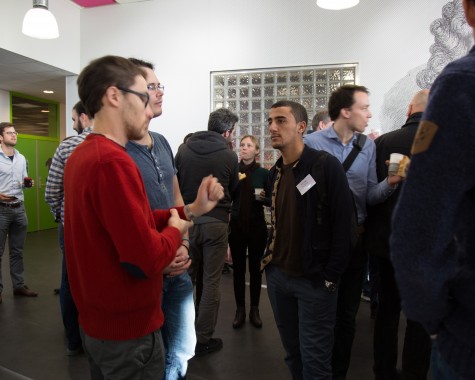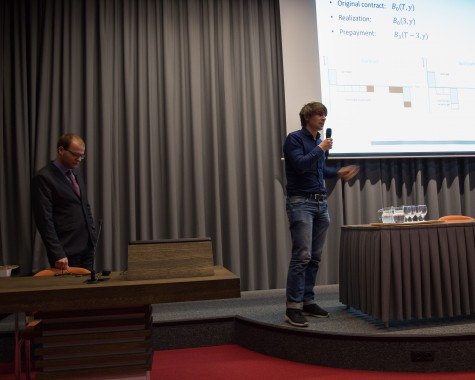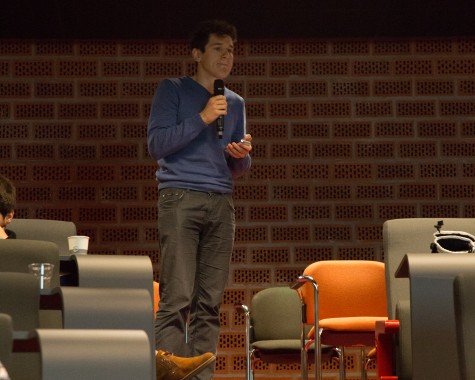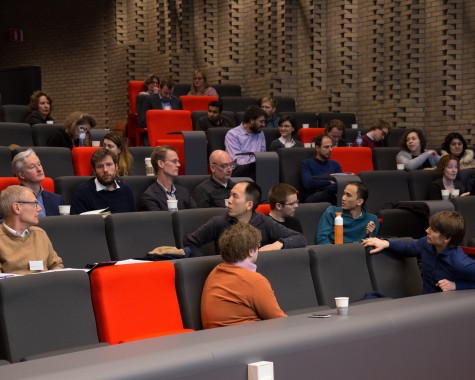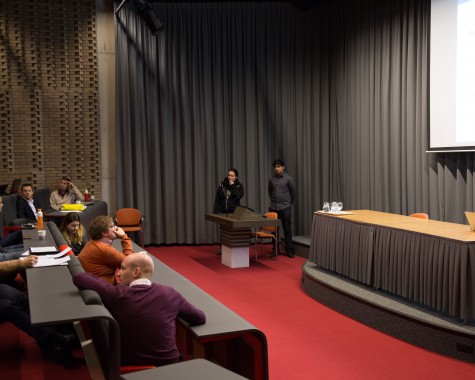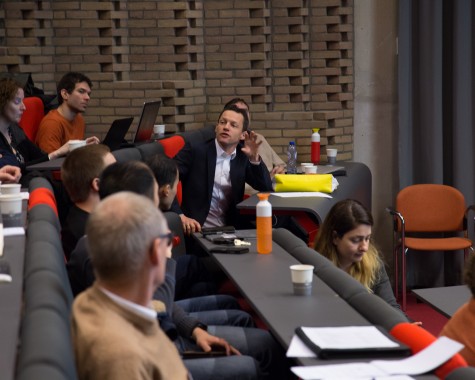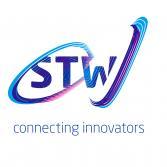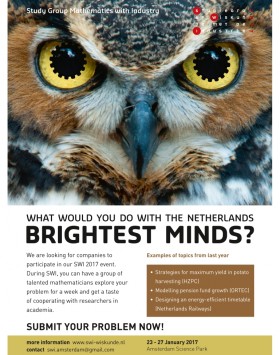
Study Group Mathematics with Industry 2017
SWI 2017 was held from January 23 to 27 at the Amsterdam Science Park. It was co-organized by the Korteweg – de Vries Institute for Mathematics of the University of Amsterdam and the Centrum Wiskunde & Informatica (CWI), the Dutch Centre for Mathematics and Computer Science.
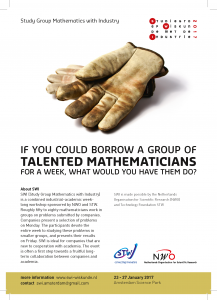
What is SWI?
SWI (Study Group Mathematics with Industry) is a combined industrial–academic week-long workshop sponsored by NWO and STW. Roughly fifty to eighty mathematicians work in groups on problems submitted by companies. Companies present a selection of problems on Monday. The participants devote the entire week to studying these problems in smaller groups, and presents their results on Friday.
SWI is ideal for companies that are new to cooperation with academia. The event is often a first step towards a fruitful long-term collaboration between companies and academia.
Examples of topics from last year:
- Strategies for maximum yield in potato harvesting (HZPC)
- Modelling pension fund growth (ORTEC)
- Designing an energy-efficient timetable (Netherlands Railways)
How to participate
If you want to contribute a problem to SWI 2017, please contact Chris Stolk. The costs of participating as a company are €1500. In addition, a representative of your company is expected to be available at various moments during the week of 23-27 January 2017 at Amsterdam Science Park.

All mathematicians from PhD level and higher are welcome to participate in the study groups of SWI 2017. You can register on our registration form.
Participation is free of charge, including the lunches and dinners mentioned in the program. Accommodation can be arranged for participants from outside the Amsterdam region.
| Monday January 23 | ||
|---|---|---|
| 09:30 – 10:00 | Arrival and coffee/tea | Science Park Congress Centre |
| 10:00 – 10:10 | Official opening | |
| 10:10 – 10:20 | Welcome | |
| 10:20 – 11:35 | Company presentations | |
| 11:35 – 11:50 | Coffee/tea | |
| 11:50 – 13:05 | Company presentations | |
| 13:05 – 14:00 | Lunch | |
| 14:00 – 14:30 | Group formation | |
| 14:30 – 17:00 | Group discussions with company representatives | Meetingrooms CWI |
| 17:00 – 18:30 | Drinks | Forum (at CWI) |
| Tuesday January 24 | ||
|---|---|---|
| 09:00 – 12:30 | Group discussion | Meetingrooms CWI |
| 12:30 – 13:30 | Lunch | L 121 (CWI) |
| 13:30 – 17:30 | Group discussion | Meetingrooms CWI |
| Wednesday January 25 | ||
|---|---|---|
| 09:00 – 12:30 | Group discussion | Meetingrooms CWI |
| 12:30 – 13:30 | Lunch | L 121 (CWI) |
| 13:30 – 17:30 | Group discussion | Meetingrooms CWI |
| 18:30 – 23:00 | Conference dinner | restaurant Humphreys |
| Thursday January 26 | ||
|---|---|---|
| 09:00 – 12:30 | Group discussion | Meetingrooms CWI |
| 12:30 – 13:30 | Lunch | L 121 (CWI) |
| 13:30 – 18:30 | Group discussion + preparation presentation | Meetingrooms CWI |
| 18:30 – 19:30 | Snacks and drinks | L 121 (CWI) |
| 19:30 – 21:00 | Preparation presentation | Meetingrooms CWI |
| Friday January 27 | ||
|---|---|---|
| 09:00 – 10:30 | Group presentations | Science Park Congress Centre |
| 10:30 – 11:00 | Coffee and tea | |
| 11:00 – 12:30 | Group presentations | |
| 12:30 – 12:35 | Closing | |
| 12:35 – 13:30 | Lunch | |
There are no media appearances of SWI 2017 yet. You may wish to have a look at the YouTube movie of SWI, that gives a good impression of the Studygroups Mathematics with Industry:
Companies that wish to propose a problem for SWI 2017 are kindly requested to contact
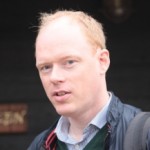
Chris Stolk
Email
Mathematicians that wish to participate in solving the problems may send request for information to swi.amsterdam@gmail.com. Registration is possible through the registration form.
Organization
Local organization:
- Chris Stolk (UvA – chairman)
- Daniëlle Kollerie (CWI)
- Marieke Kranenburg (UvA)
Scientific Committee:
- Daan Crommelin (CWI)
- Stella Kapodistria (TU/e)
- Peter van de Ven (CWI)
- Guus Regts (UvA)
- Chris Stolk (UvA)
Venue
The event takes place at various locations at Amsterdam Science Park. The starting event on Monday takes place at the Amsterdam Science Park Congress Centre (Science Park 125).
Directions by car:
Exit the A10 ringroad at S113/Watergraafsmeer. Follow the Science Park signs; these will direct you to the Kruislaan. Turn left onto the Carolina MacGillavrylaan after passing through the railroad tunnel. Take the Science Park entry at your right and enter the gate. You can park your car at any parking lot after the gate. Follow the signs to number 125, the main entrance. Exit passes will be provided by the organization, so you will not be charged for parking costs.
Directions by public transport:
CWI is a five minute walk away from NS station Amsterdam Science Park. This station is served four times an hour from the directions Amsterdam Centraal – Schiphol and Almere – Amersfoort. Walk through the tunnel after leaving the platform for the science park (northeast exit), cross the street (Carolina MacGillavrylaan) at the crosswalk and walk past the brown building of Amsterdam University College. You will be able to see the Congress Centre on your left behind the parking lot.
Bus 40 serves Amsterdam Science Park four times an hour from stations Amsterdam Muiderpoort and Amsterdam Amstel. Get off at Science Park University College. During rush hour bus 240 can be used, too. The hotel used for the event is very close to train station Amsterdam Amstel, take bus 40 or 240 to Science Park.
SWI 2017 News
No news availableCompanies & Problems
ABN Amro – The Fair Value of a Mortgage
Centraal Planbureau – Economic Optimal Water Safety
Equalis – Equalizing the Cost of Health Insurance
MARIN – Quiescent Periods for Helicopter Landing on Ships
Shell – Numerical-physical Modeling of Miscible Fluids in Pipeline Transport
TNO – Analyzing and Predicting Impact Created by Accidents on Road Networks


ABN Amro – The Fair Value of a Mortgage
ABN AMRO is a retail bank and mortgages are an important part of the core business model. The balance sheet covers over 150 billion euros in residential mortgages, which is about 40% of the total assets. In order to properly steer the balance sheet and manage the bank’s risks, it is essential to correctly estimateView problem details


Centraal Planbureau – Economic Optimal Water Safety
Economic optimal water safety in the Netherlands is since the flood disaster of 1953 an important topic in policy and research. CPB published in 1954 a (social) cost-benefit analysis (CBA) of a comprehensive plan to increase the water security of the Netherlands (Tinbergen, J., 1954, The economic balance of the Delta plan, annex to theView problem details


Equalis – Equalizing the Cost of Health Insurance
In the Netherlands, health care expenses show major differences amongst regions. For instance, citizens of Heerlen had average health care costs of 2811 euro per insured, whereas this was only 1.633 euros in Urk (published by Vektis, a collaboration of health insurance companies). A possible explanation might be that citizens of Urk have a betterView problem details
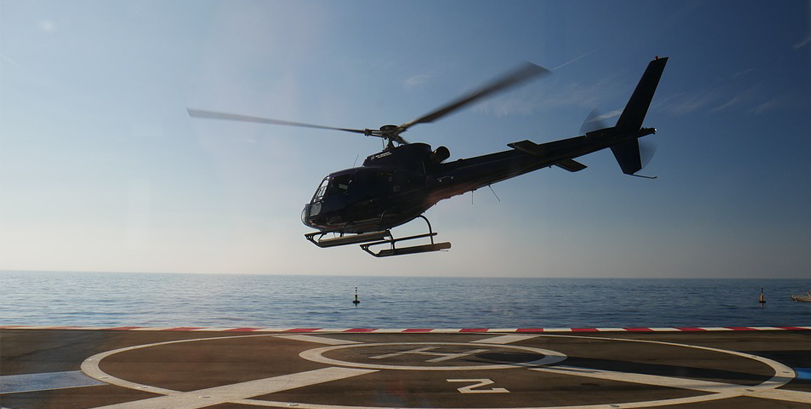

MARIN – Quiescent Periods for Helicopter Landing on Ships
Helicopter landing operations on ships are dominated by the expectation that ship motions will stay inside operational limits for a given time. For naval ships, the main criterium is the touchdown conditions. The minimal duration of an operational window is expressed in tens of seconds. The assessment of this expectation is done by the landingView problem details
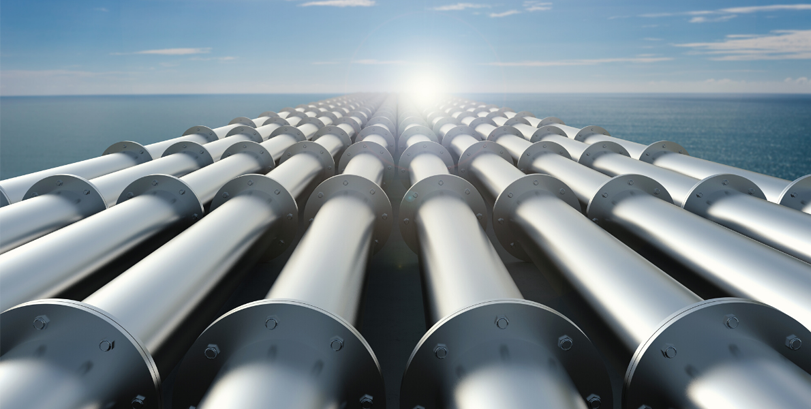
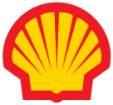
Shell – Numerical-physical Modeling of Miscible Fluids in Pipeline Transport
In the oil and gas industry hydrocarbons are transported through long pipelines under various conditions. This transport process generally involves multiple chemical components present in multiple phases (oil, gas, water). The mathematical modeling and simulation of these problems is often done with one-dimensional models that treat the phases as immiscible. However, a particular case thatView problem details

TNO – Analyzing and Predicting Impact Created by Accidents on Road Networks
Road networks are becoming more and more vulnerable to incidents as a result of an increasing level of congestion. Predicting ‘reliably’ the expected time of arrival (ETA) is therefore becoming a serious challenge as incidents/accidents occurrence is quite a random process and their impact depends on a variety of factors making it far from trivialView problem details

